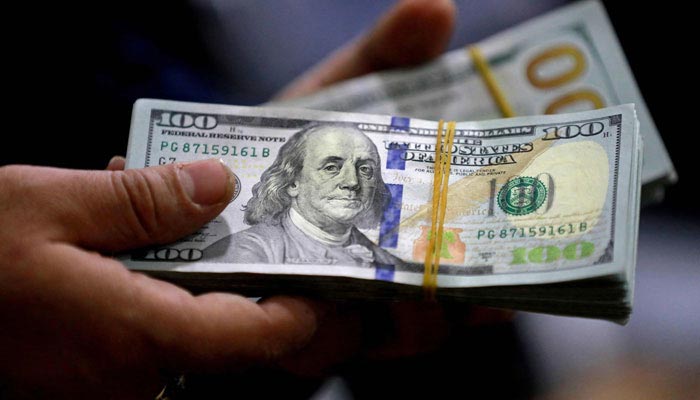Table of Contents
In the labyrinthine world of currency trading, mastering the language is as crucial as understanding market dynamics. The Forex Glossary becomes your lexicon, unraveling the intricacies of terms that pepper conversations among traders and analysts. Let’s embark on a journey through this linguistic terrain, where acronyms and phrases shape the discourse and reveal the nuances of the foreign exchange market.
1. Pip (Percentage in Point)
A pip is the heartbeat of Forex, representing the smallest price movement in the exchange rate of a currency pair. Often denoted as the last decimal place of a quotation, it signifies the incremental change in value.
Example: If the EUR/USD moves from 1.1200 to 1.1201, it has risen by one pip.
2. Spread
The spread is the difference between the buying (bid) and selling (ask) prices of a currency pair. It serves as a fee for executing a trade and contributes to the broker’s revenue.
Example: If the EUR/USD has a bid price of 1.1200 and an ask price of 1.1202, the spread is 2 pips.
3. Leverage
Leverage is a double-edged sword, amplifying both profits and risks. It allows traders to control larger positions with a smaller amount of capital. Commonly expressed as a ratio, such as 50:1 or 100:1, it indicates the extent of magnification.
Example: With 50:1 leverage, a trader can control a $50,000 position with a $1,000 deposit.
4. Margin Call
A margin call is a demand from the broker for additional funds to cover potential losses. It occurs when a trader’s account balance falls below the required margin level due to adverse market movements.
Example: If a trader has an open position with a required margin of $1,000 and their account balance drops to $800, they may receive a margin call.
5. Long and Short Positions
Taking a long position involves buying a currency with the expectation that its value will rise. Conversely, a short position is the sale of a currency, anticipating a decline in value.
Example: If a trader goes long on EUR/USD at 1.1200, they profit if the pair rises above this level. If they go short, they profit from a decline.
6. Stop-Loss Order
A stop-loss order is a risk management tool that automatically closes a trade at a predetermined price to limit potential losses. It is a crucial component of disciplined trading strategies.
Example: A trader with a long position in USD/JPY at 110.50 may set a stop-loss order at 110.00 to manage risk.
7. Hedging
Hedging involves using one investment to offset the risk of another. In Forex, traders may open positions to mitigate potential losses in other positions.
Example: If a trader holds a long position in GBP/USD, they might open a short position in a related currency pair to hedge against adverse market movements.
8. Drawdown
A drawdown represents the peak-to-trough decline in a trading account before a new high is reached. It gauges the resilience of a trading strategy during unfavorable market conditions.
Example: After reaching a peak account balance of $10,000, a series of losses brings the balance down to $8,000 before recovering.
9. Bullish and Bearish
Bullish sentiment denotes an optimistic outlook, expecting prices to rise. Conversely, bearish sentiment anticipates a decline in prices.
Example: A trader who is bullish on the EUR/USD believes the euro will strengthen against the dollar.
10. Dovish and Hawkish
Central banks adopt dovish or hawkish stances based on their policy outlook. Dovish indicates a leaning towards accommodative policies, while hawkish implies a more restrictive approach.
Example: If a central bank expresses concern about economic growth, it is adopting a dovish stance. A focus on inflation may be seen as hawkish.
11. Arbitrage
Arbitrage exploits price discrepancies in different markets or instruments to secure a risk-free profit. In Forex, this might involve buying and selling the same currency pair on different platforms to capitalize on price variations.
Example: If EUR/USD is priced at 1.1200 on one platform and 1.1210 on another, a trader could profit from the difference.
12. Liquidity
Liquidity is the ease with which an asset can be bought or sold without affecting its price. Major currency pairs in Forex usually exhibit high liquidity.
Example: The EUR/USD, being one of the most traded pairs, boasts high liquidity, allowing traders to enter and exit positions seamlessly.
13. Major, Minor, and Exotic Pairs
Major pairs involve the most traded currencies and include the US dollar. Minor pairs exclude the US dollar, while exotic pairs pair a major currency with a currency from a smaller or emerging economy.
Example: EUR/USD is a major pair, while AUD/JPY is a minor pair. USD/TRY (US dollar/Turkish lira) is an exotic pair.
14. Central Bank Intervention
Central bank intervention occurs when a country’s central bank actively influences its currency’s exchange rate. This may involve buying or selling currencies to stabilize or boost the national currency.
Example: If a central bank believes its currency is too strong and harming exports, it may intervene by selling its currency.
Conclusion: Mastering the Lexicon
As you navigate the Forex Glossary, remember that mastery of the language is an integral part of becoming a proficient trader. Each term carries nuanced meanings, influencing decision-making and strategy formulation. With this comprehensive guide, you embark on a journey where acronyms and phrases cease to be mere words but rather tools that empower you to decode the intricate language of Forex.




